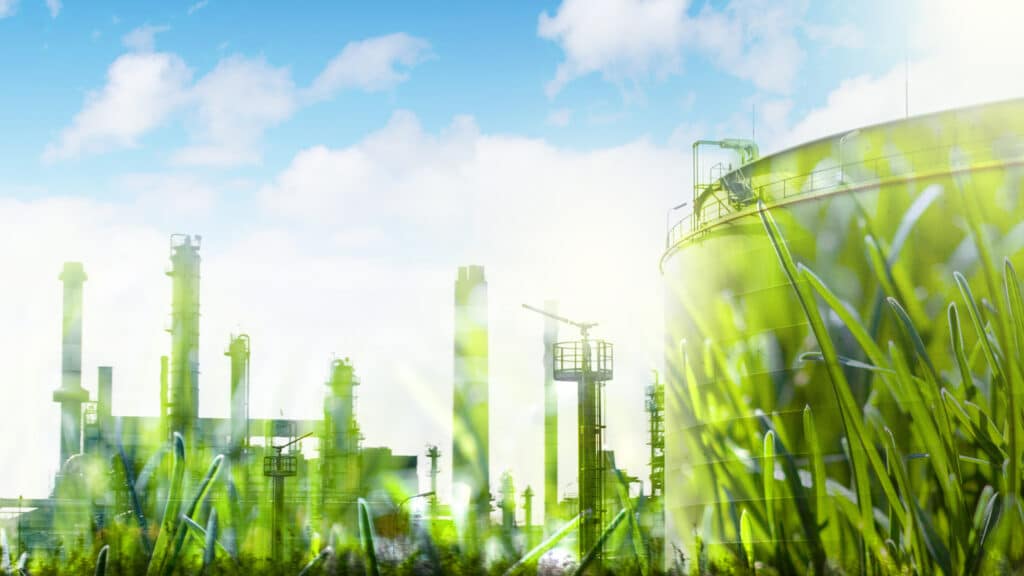Transitioning to a predictive factory approach requires adopting various technologies and tools that enable data-driven decision-making, automation, and optimization. Here is a summary of the key elements needed for such a transition:
Internet of Things (IoT) Devices: Deploying IoT devices throughout the factory floor allows real-time data collection from machines, sensors, and other equipment. These devices can monitor performance, detect anomalies, and capture data for analysis.
Data Collection and Management: Implementing a robust data collection infrastructure is crucial. This involves establishing data pipelines, integrating disparate data sources, and employing data management systems to securely store and organize the collected information.
Big Data Analytics: Utilizing advanced analytics tools, such as machine learning and artificial intelligence, enables the extraction of insights from the collected data. Predictive models can be developed to forecast equipment failures, identify maintenance needs, optimize production schedules, and predict quality issues.
Predictive Maintenance: By implementing predictive maintenance systems, companies can proactively monitor the health of their machinery and predict failures before they occur. This minimizes unplanned downtime, reduces maintenance costs, and maximizes equipment availability.
Real-Time Monitoring and Visualization: Employing real-time monitoring and visualization tools gives factory managers a holistic view of the production process. They can track key performance indicators, identify bottlenecks, and make data-driven decisions to optimize production efficiency.
Digital Twins: Creating digital replicas of physical assets, known as digital twins, provides a virtual representation of the factory. These twins can be used for simulation, optimization, and predictive analysis to improve production performance, test different scenarios, and optimize processes.
Robotics and Automation: Integrating robotics and automation technologies into the production line can enhance efficiency and flexibility. Robots can perform repetitive tasks, collaborate with human workers, and adapt to changing production demands.
Cloud Computing: Leveraging cloud infrastructure facilitates scalable storage, processing power, and team collaboration. It allows easy access to data, provides computational resources for advanced analytics, and supports remote monitoring and management.
Cybersecurity: As data becomes more critical, ensuring robust cybersecurity measures becomes paramount. Implementing firewalls, encryption, access controls, and regular security audits protects the factory’s data and prevents unauthorized access or cyber-attacks.
Skill Development: Transitioning to a predictive factory requires training and upskilling the workforce to effectively utilize and interpret data-driven insights. Investing in employee training programs and fostering a culture of continuous learning is essential.
By embracing these technologies and tools, companies can transform their traditional factories into predictive factories, driving efficiency, improving quality, and gaining a competitive edge in the modern manufacturing landscape.
Last but not least: what Convergence Consulting can do for you !!!
With Convergence Consulting, you can rest assured that your project is in capable hands. We pride ourselves on our commitment to excellence, attention to detail, and collaborative approach. We believe in building solid partnerships with our clients, working closely with you every step of the way to ensure success.
Experience the power of convergence with Convergence Consulting. Let us unlock the full potential of your ideas and help you achieve your business objectives.
Contact us today to discover how to collaborate to drive innovation and success.


Leave a Reply